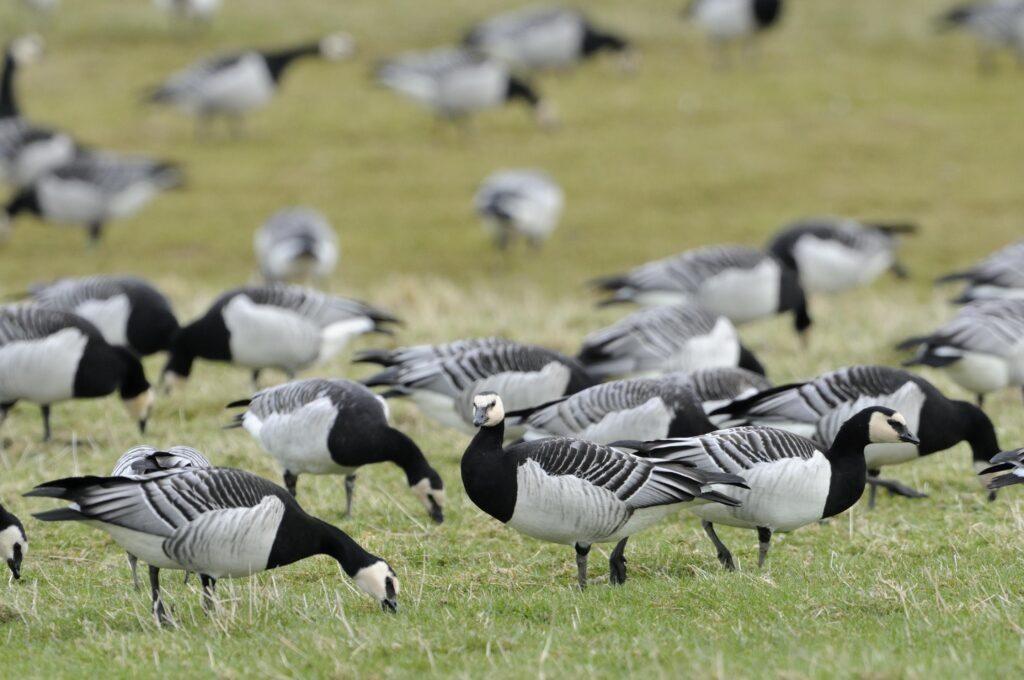A SCOTTISH report into avian flu in relation to wild birds inhabiting within Scotland has been released today published today by NatureScot.
The report concludes that long-term conservation measures will be the most effective tool against this devastating virus.
The study, by a sub-group of NatureScot’s Scientific Advisory Committee, analyses the unprecedented avian flu outbreak among wild birds since 2021, providing advice to support the work of Scotland’s Avian Flu Task Force.

The report assesses that avian flu will likely continue to be an issue among wild birds into the 2023 nesting season and beyond.
It finds that the most effective solutions will likely be long-term conservation measures for birds which are particularly susceptible, accompanied by enhanced disease surveillance, demographic monitoring, and continued research.
The report also looks at the effectiveness and benefits of short-term measures and provides a picture of how avian flu has affected Scotland’s wild birds so far.
It finds that once avian flu is present in a wild bird population, it is very difficult to control or reduce it.
Measures such as carcass removal or reducing human activity across sites, for example, whether for recreation or monitoring are unlikely to significantly reduce the impact of an outbreak on wild birds.
The number of wild birds affected by avian flu in Scotland is difficult to estimate as many dead birds are not found or reported.
But, an example of one of the worst hit species is Svalbard barnacle goose population, where the virus was first detected in late October 2021 in the Solway Firth.
By the end of the winter, estimates suggest that 13,200 birds – around one third of the migrating population – had been killed by the virus.
This year, it has been the Greenland barnacle geese population that winter on Islay that have been most affected by the virus, with 1,190 deaths recorded and local population counts suggesting actual losses of at least 5,000 birds.
Other species that have suffered notable mortalities over the winter are pink-footed geese, herring gulls and mute swans.
Alastair MacGugan, a NatureScot Wildlife Manager, said: “Although there’s no silver bullet to solve this complicated dilemma, this report will be a great help as the Avian Influenza Task Force plan action to reduce the effect of avian flu on Scotland’s important populations of wild birds.
“This is an upmost priority for our partners and ourselves, as the geographic scale, range of species of wild birds affected, and severity of impacts may threaten the very survival of some species.
“We have already stepped up our collaborative monitoring work in Scotland, and will continue to build on the recommendations in this vital report to make sure seabirds in Scotland have the best chance possible to rebound from the effects of this disease.”
Professor Dan Haydon, Chair of the sub-group, and population ecologist at the University of Glasgow, added: “This is an important and timely piece of work to help protect Scotland’s vital seabird populations.
“We were pleased to be able to collaborate with a range of experts and advise on the route we need to take to better understand this avian flu outbreak and help manage seabirds into the future.”
Scotland’s Avian Influenza Task Force, led by NatureScot, has been working at speed to further understand how the virus is transmitted and what practical actions can be put in place to help seabirds and other species in the event that they are hit by the outbreak again.
For more on the action being taken already, see this recent NatureScot news release.
